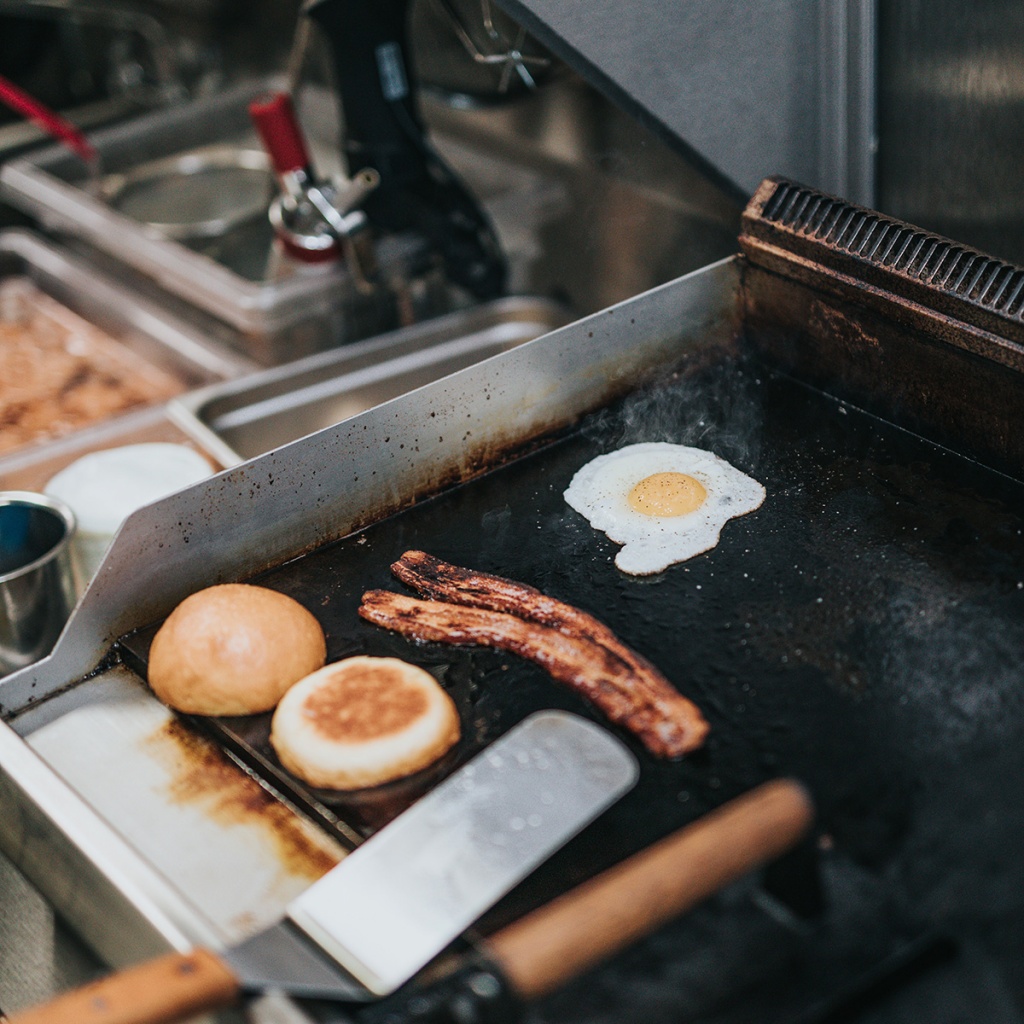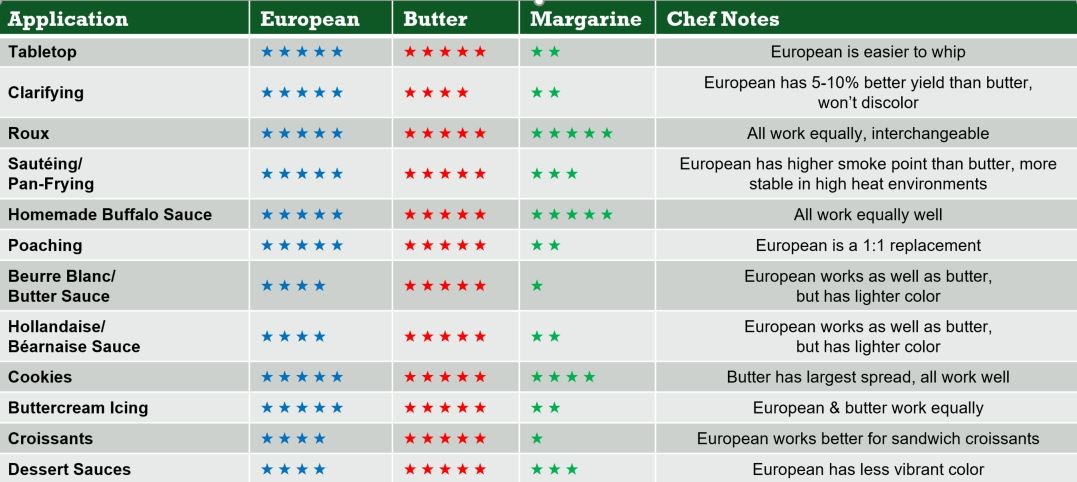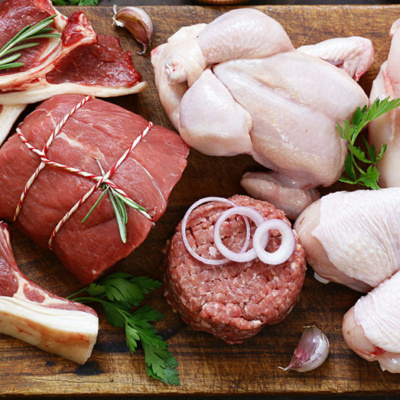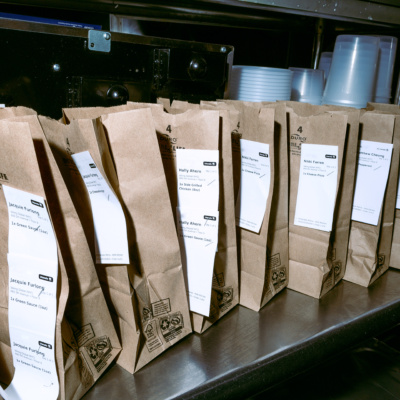If operators are serving breakfast at their diner or restaurant, knowing the right products to use to maximize profits is essential to their success. At Dining Alliance, our group purchasing organization knows a thing or two about purchasing the right products for food-service menus. Believe it or not, purchasing the wrong grade egg, or the wrong sausage patty for a best-selling breakfast sandwich may be costing an operator upwards of $0.50 per sandwich! As you know, all those pennies add up and can severely impact a restaurant’s bottom line. Here are our product tips for making the most out of a breakfast menu.

Know your egg grades
Everyone’s heard of the benefits of Grade AA eggs, but at their slightly higher price point, can operators replace grade AA eggs with Grade A and still get a great sandwich or plate presentation? We say, yes. Our team of culinary experts examined the differences between grade AA, Grade A, and Grade B eggs and this is what they found:
Grade AA – Overall, these eggs cover a small area where the white of the egg is firm and has a lot of the thick white surrounding the yolk ad a small amount of thin white. The yolk is round and upstanding making it an ideal center of plate grade, albeit at a higher price point than its Grade A counterpart.
Grade A– Like a Grade AA egg, Grade A eggs also have a round and upstanding yolk, and for the most part, the same characteristics of Grade AA eggs excepts the whites are reasonably firm opposed to firm. Grade A eggs are what are most commonly sold in supermarkets and have no differentiating health components.
Grade B– These eggs cover a very wide area of surface with a enlarged and flattened yolk. The egg white is weak and watery and has no thick eggs whites—these are more beneficial for scrambling or omelets.
Though it will vary on geo-location and the egg market, purchasing Grade A eggs is a good option for saving money since the cost difference is about $0.15 – $0.30/ dozen more for Grade AA eggs.
Improve your meat topping costs
Breakfast sandwiches can take many forms, but most operators’ menus feature some variety of the classics—bacon, sausage, or ham and egg and cheese. When selecting the right type of meat for a breakfast menu it’s important to purchase the right size and product that maximizes flavor while minimizing price. Take for instance the cost savings involved in switching from a 2 oz sausage patty to a 1.5 oz. When a chef moves to a 1.5 oz sausage patty, they can lower the restaurant’s food costs on that item by almost 25% with an indistinguishable taste and size difference to the consumer. With bacon, chefs can also find cost savings by sourcing alternative products. While a typical ‘layout bacon’ traditionally used for breakfast may be working great, it may be an expensive and inconsistent product for dinner or burger menus. When purchasing bacon, take into consideration its varying grades, cuts, and tiers for your different applications.
Assess your Avocado Grade and Size
According to a recent study by the Hass Avocado board, about half of their survey respondents claim that they are more likely to order a healthy menu item if it contains avocados. The global market shows a similar growth in avocado’s popularity. It’s estimated that there will be a 1.8x increase in revenue in the global avocado market between 2017-2027. (source) So how do operators maximize on that growth? Featuring avocados in their breakfast sandwiches, or bowls can help consumers who are focused on healthy eating have an easy choice. When selecting avocados consider their different grades.
Grade #2 Avocados are traditionally underutilized, because of a subpar quality stigma compared to grade #1. The outside appearance may differ slightly and show some external scarring. But there is no internal quality differences between the two. This does not affect the fruit itself in usage capabilities or taste. Based on the application in an operation, Grade #2 avocados could provide a savings of $2.00-$6.00 per case depending on market conditions.
If a restaurateur is wondering if they should purchase a larger size avocado, it’s important to note that a larger avocado doesn’t always yield a better value. Taking a look at the chart below, we can see that you actually yield more usable avocado out of a smaller 60 ct avocado then a 48 count. Avocado pits grow proportionately with the fruit so while the 48 count may weigh more per piece, the yield is actually lower than its 60 count counterpart.
Better your butter
From frying to baking, butter is essential to any breakfast routine. But with the volatility of the US butter market, is there possible cost savings in using European blends as an alternative to butter? What we found overall is that European style butter generally has steadier pricing. The lack of volatility ensures you more consistent food cost savings, and a stable butter replacement opposed to other alternatives. Additionally, it’s generally much cheaper per pound, though the price will vary with the commodity market. Our best estimates showed an annual savings per unit at $36.00/ case! Additionally, European style butter has 40% less saturated fat than traditional butter and performs in all common food service and bakery butter applications. Examine the chart below to estimate your own application needs.








